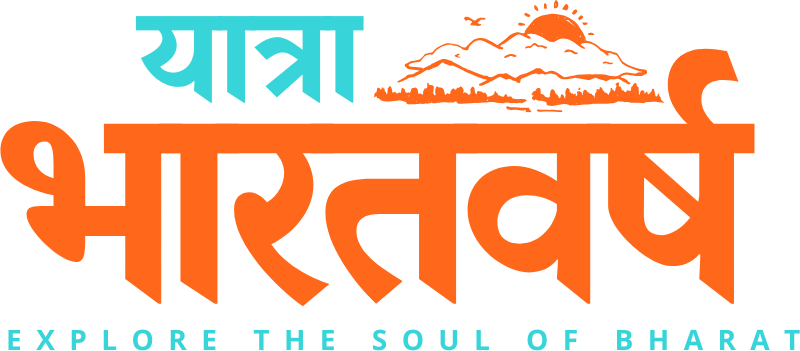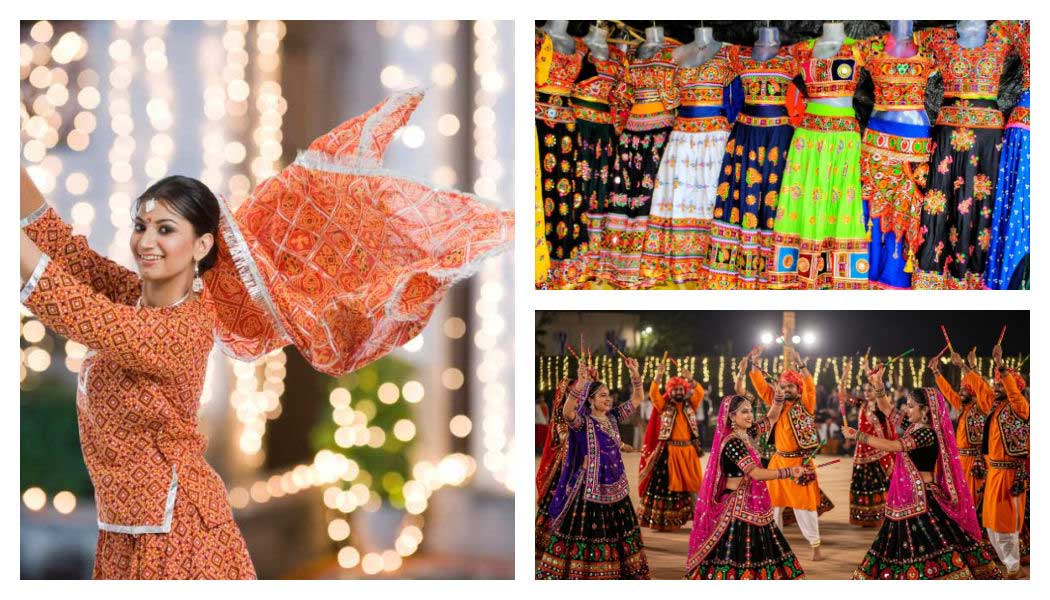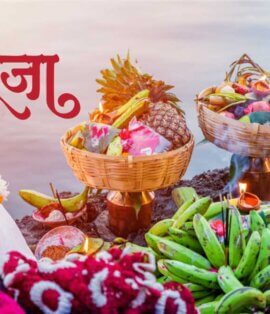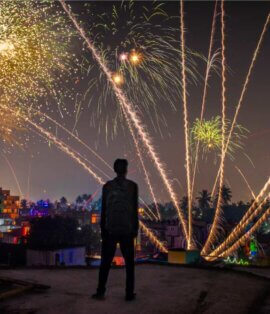Navratri is one of the most celebrated festivals in India, and it holds a special place in the hearts of people in Gujarat. This nine-night festival, dedicated to the worship of Goddess Durga, is known for its vibrant cultural expressions, especially the mesmerizing Garba and Dandiya dances. Gujarat has earned global recognition for its Navratri celebrations, drawing millions of people each year. But it’s more than just the dances; it’s a blend of spirituality, devotion, and community that makes this festival truly unique.
The Spiritual Foundation of Navratri
At its core, Navratri pooja is a time for spiritual renewal. The festival spans nine nights, each dedicated to a different incarnation of Goddess Durga. Devotees across Gujarat perform elaborate poojas, where they offer prayers, light lamps, and chant mantras to invoke the blessings of the Goddess. Temples, homes, and community spaces resonate with the sounds of the Jai Ambe Gauri aarti, a popular devotional song sung to honor Goddess Durga. It is a powerful expression of faith, with people asking for blessings of strength, prosperity, and well-being.
While Navratri pooja is a deeply spiritual occasion, it also emphasizes the importance of family and community. Families come together to celebrate in their homes or at community halls, where nightly prayers are followed by traditional dance performances. For many, this festival brings back fond memories of participating in traditional rituals and dances with loved ones.
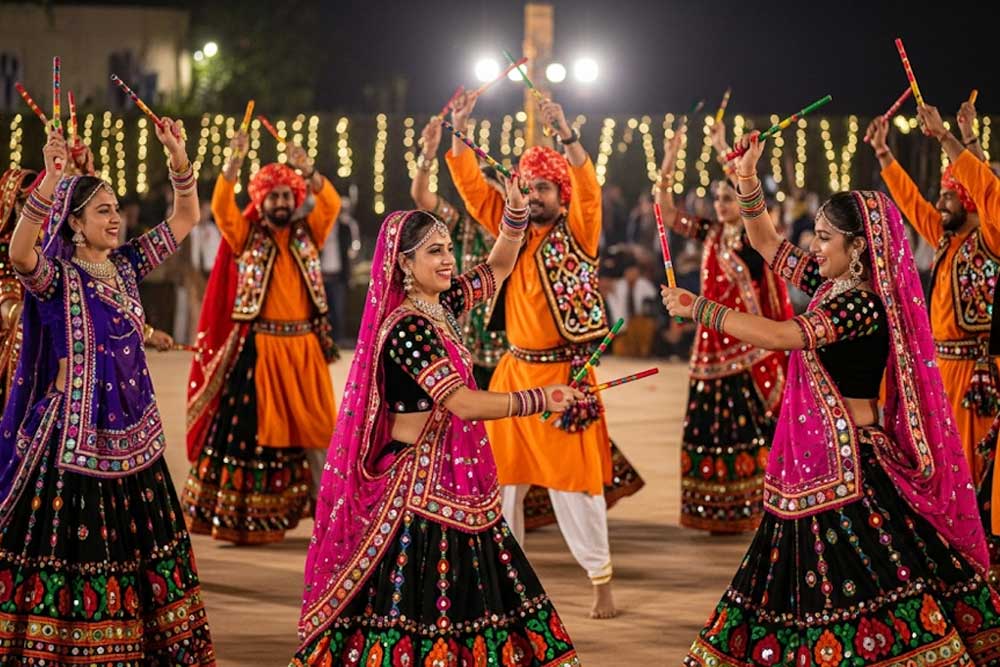
Garba: The Soul of Gujarat’s Navratri
Garba, the traditional dance of Gujarat, is the heartbeat of the Navratri festival. The Gujarat Garba dance UNESCO recognition speaks volumes about the cultural significance of this dance form. Garba is more than just a dance; it is a way for people to connect with their spiritual selves and with one another. Traditionally performed around a decorated Garba or durga idol, the dance symbolizes the rhythm of life, with its circular movements representing the cyclical nature of existence.
In today’s times, Garba has transcended its religious origins to become a celebration of culture, youth, and community. The chaniya choli garba has become a key part of the dance, with women dressed in brightly colored, intricately embroidered traditional outfits. This has created a visual spectacle of twirling skirts, rhythmic clapping, and synchronized movements, with the dance becoming a key highlight of Navratri in Gujarat.
The chaniya choli garba is more than just a fashion statement; it represents the vibrant spirit of Gujarat’s culture. The intricate mirror work, beadwork, and embellishments on the chaniya cholis are part of the state’s rich artisan heritage. It’s no wonder that the sight of thousands of dancers in their colorful attire, moving together in harmony, is a defining image of Gujarat’s Navratri.
The Dandiya Connection

Alongside Garba, Dandiya is another prominent feature of Gujarat’s Navratri. Dandiya, also known as the “dance of sticks,” involves the striking of two colorful sticks in a rhythmic pattern, often performed in pairs. This dance is a tribute to the mythological battles between Goddess Durga and the demon Mahishasura. In modern celebrations, Dandiya has evolved into a fast-paced, energetic performance that draws massive crowds, often accompanied by contemporary music, creating a fusion of traditional and modern elements.
Navratri program near me searches are more common than ever as people plan to join large-scale celebrations in their localities or travel to popular destinations for bigger events. Cities like Ahmedabad, Vadodara, Surat, and Rajkot have earned a reputation for their extravagant Dandiya events, where professional dance groups and performers take center stage, adding a flair of entertainment to the religious occasion.
The Changing Face of Navratri Celebrations
In the past decade, Navratri celebrations in Gujarat have transformed significantly. While the essence of the festival remains deeply rooted in devotion, the way people celebrate has become much more inclusive and global. Social media platforms, live streaming, and digital ticketing have made it easier for people across the world to join the festivities. You’ll often find Vadodara Navratri or Ahmedabad Navratri events being streamed online, allowing NRIs and people from other states to experience the vibrant celebrations.
But this transformation hasn’t just been digital. The events have also grown larger in scale, with professional Garba and Dandiya groups performing at venues that can host thousands of people. These programs are a grand affair, often including international artists and performers, showcasing the festival’s ever-growing global appeal.
Some well-known Navratri groups in cities like Vadodara, Ahmedabad, Surat, and Rajkot have now become major attractions, with people traveling far and wide to be part of these famous events. These events are a blend of traditional performances and modern entertainment, with live music, LED screens, and large-scale decorations creating a mesmerizing atmosphere for participants.
In addition to the traditional dance and cultural programs, Navratri has also become a major fashion event. Young girls and women look forward to showcasing the latest lehenga designs for girls during the festivities. Whether it’s a classic red and green combination or a more contemporary mix of colors, the outfits are now as much a part of the celebration as the dances themselves.
Fashion and Trends During Navratri
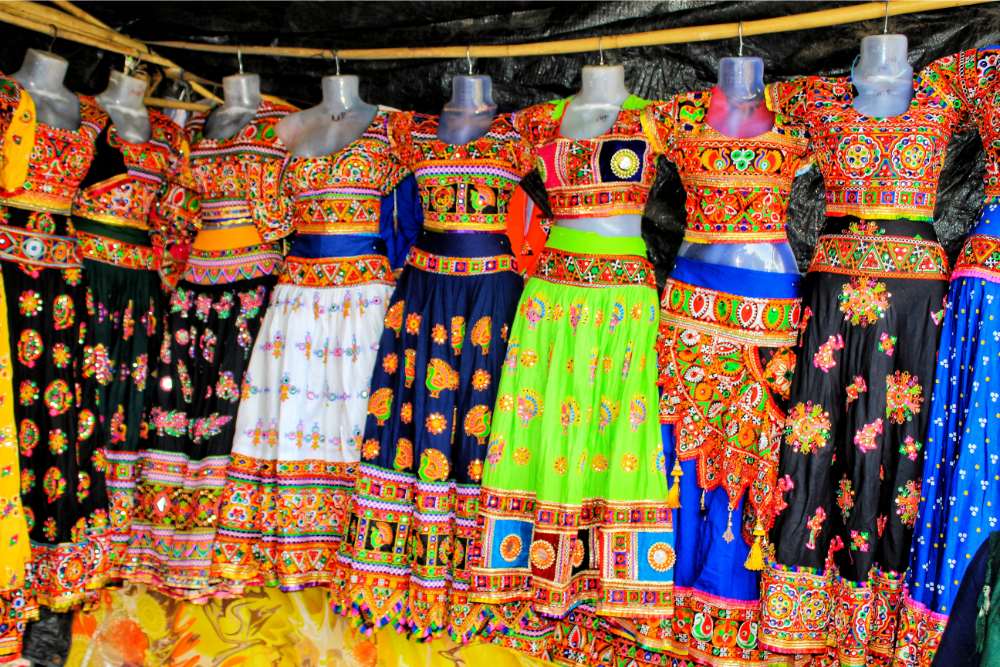
The lehenga designs for girls have seen significant evolution in recent years. Designers are incorporating modern trends like fusion wear and contemporary cuts into the traditional outfits worn during Garba. While traditional designs still dominate, there’s a growing trend for women to experiment with styles, fabrics, and colors. You’ll often see velvet, net, and silk lehengas paired with elaborate jewelry that sparkles as brightly as the dancers.
Fashion during Navratri also includes accessories like chaniya choli designs, which are sometimes paired with hand-held fans or tassel earrings, adding an extra touch of elegance and tradition to the Garba performances. As these trends continue to evolve, Gujarat’s Navratri celebrations have become a stage for a display of traditional as well as modern Indian fashion.
Navratri Beyond the Dance: Local Events and Community Gatherings
While large-scale events in cities like Ahmedabad and Vadodara attract crowds from all over the country, smaller towns and villages across Gujarat host their own unique celebrations. Local events range from community Garba dances to elaborate processions, where the Goddess Durga is paraded through the streets. These local programs bring people together in a way that large events often can’t, as they emphasize community, cooperation, and devotion.
Whether it’s a small gathering at a local temple or a massive Garba celebration in a stadium, the essence of Navratri in Gujarat is rooted in the idea of unity. People of all ages, from children to the elderly, come together to dance, celebrate, and seek blessings. The true beauty of the festival lies in how it unites people from diverse backgrounds under the banner of devotion, joy, and cultural pride.
The Grand Finale: Dussehra and Vijayadashami
The last day of Navratri, Dussehra or Vijayadashami, marks the triumph of good over evil, symbolizing the victory of Goddess Durga over the demon Mahishasura. Across Gujarat, the evening of Dussehra is filled with dramatic performances, processions, and celebrations. In many places, effigies of Ravana, symbolizing evil, are burnt, signifying the destruction of evil forces. This marks the culmination of the nine-night festival, with people bidding farewell to the Goddess, awaiting her return next year.
Conclusion: A Festival Like No Other
Navratri in Gujarat is an extraordinary festival that is celebrated with a unique blend of devotion, tradition, culture, and modernity. From the spiritual Navratri pooja and energetic Garba to the ever-evolving fashion and large-scale events in cities like Vadodara, Ahmedabad, Surat, and Rajkot, this festival offers something for everyone. It is a time for people to come together, celebrate the divine feminine, and share in the joy of dance, devotion, and community. As Gujarat continues to lead the way in Navratri celebrations, the energy, enthusiasm, and spirit of the festival will undoubtedly continue to inspire generations to come.
